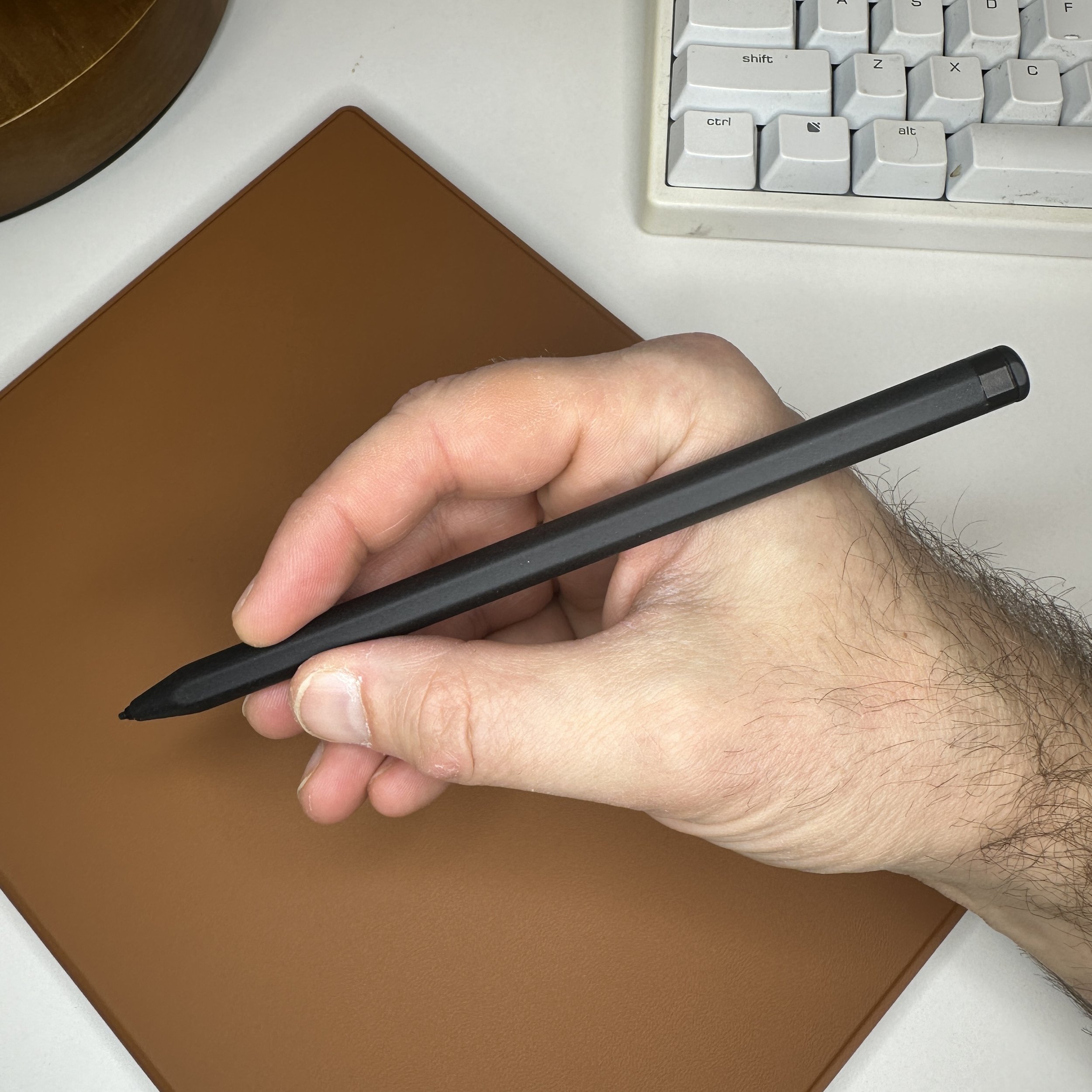Last year, I compiled and launched an archive containing all of the T.G.S. fountain pen reviews organized by brand. This morning, I finished updating an addition: a full archive of ink reviews, organized by color family and brand. I was surprised to learn that the current total is 114 ink reviews going back to 2014! There are also some editorial “best inks for ____ purpose” posts which are organized elsewhere in the informational resources section.
A note on this archive: One of the fun things about fountain pen inks is that some of them defy categorization. An ink that might appear green to me might lean more brown or grey to others, so please don’t take any of my “labels” as definitive. I hope you enjoy, and this will be regularly updated as more reviews are completed!
The Gentleman Stationer is supported entirely by purchases from the T.G.S. Curated Shop and pledges via the T.G.S. Patreon Program. We greatly appreciate your support!
